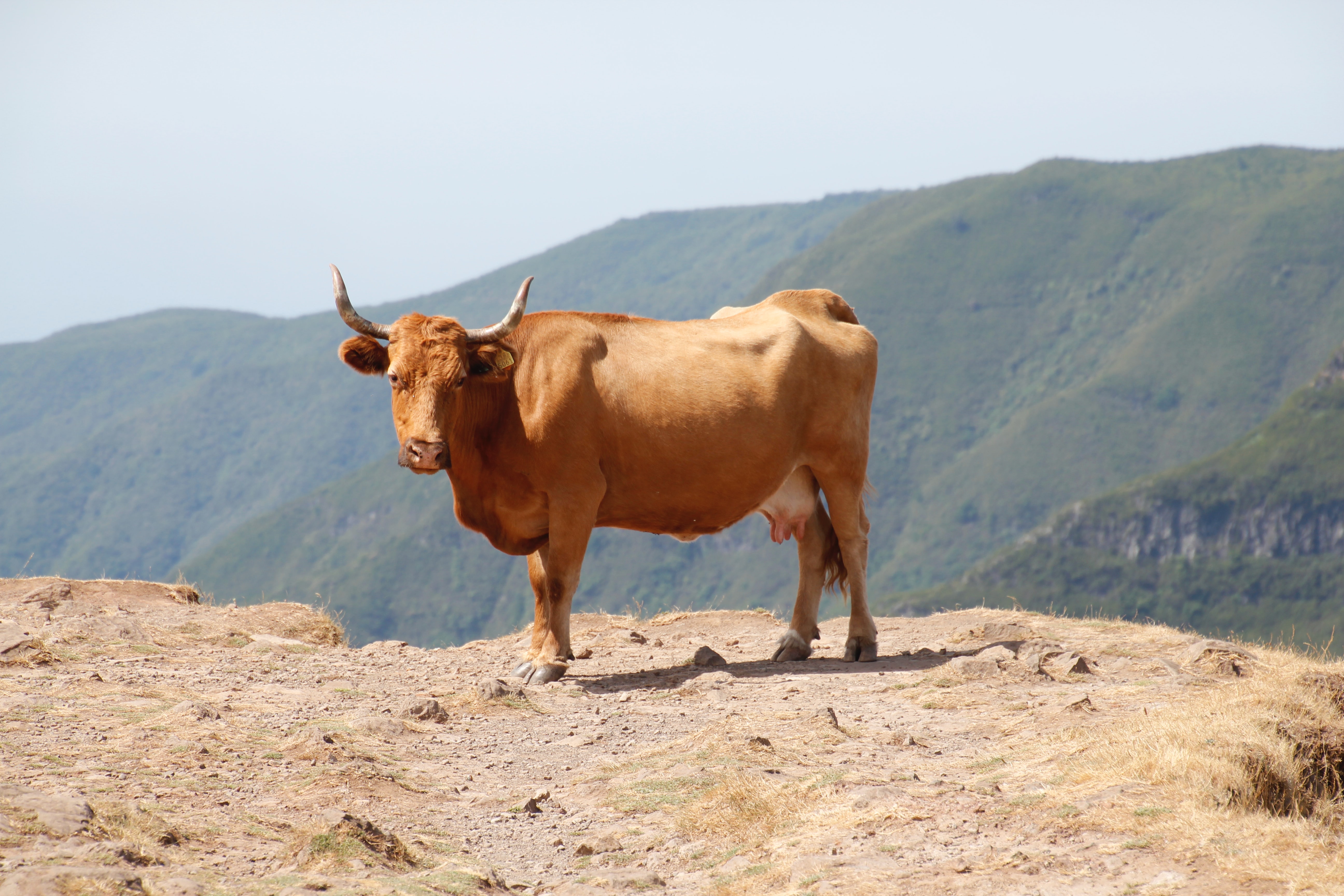
Lumpy skin disease (LSD) is a viral disease that affects cattle, and it is characterized by the formation of skin nodules or lumps on the animal's body. Computer vision can be helpful in identifying and monitoring the spread of LSD.
Using image classification, it is possible to differentiate between healthy cattle and those infected with LSD by analyzing the presence or absence of skin nodules. This can help veterinarians and farmers quickly identify and isolate infected animals, preventing the spread of the disease to healthy herds.
Moreover, computer vision can also be used to monitor the progression of the disease in infected animals. By analyzing images taken at different stages of the disease, veterinarians can track the spread of the nodules and assess the effectiveness of treatment.
Lumpy skin image classification has a variety of applications, including:
1. Disease diagnosis: Lumpy skin image classification can be used to diagnose LSD in cattle. Early detection of the disease can help prevent its spread and reduce the economic impact on farmers.
2. Disease surveillance: Lumpy skin image classification can be used to monitor the spread of LSD and other diseases affecting livestock. By analyzing images of cattle skin, veterinarians can identify areas where the disease is prevalent and take appropriate control measures.
3. Research: Lumpy skin image classification can be used in research studies to investigate the progression and transmission of LSD. By analyzing images of infected cattle skin, researchers can better understand the disease and develop more effective treatments.
4. Animal welfare: Lumpy skin image classification can be used to monitor the health of cattle and other livestock. By analyzing images of their skin, veterinarians can identify early signs of disease or injury and take appropriate measures to ensure animal welfare.
5. Education: Lumpy skin image classification can be used in educational settings to teach students about LSD and other diseases affecting livestock. By analyzing images of infected cattle skin, students can learn to identify the disease and understand its impact on the farming industry.
6. International trade: Accurate classification of LSD cases is essential for international trade. Many countries have strict import/export regulations for animal products, and the presence of LSD can impact trade negotiations. Knowing the specific strain of LSDV can help countries make informed decisions about trade policies and restrictions
Overall, lumpy skin image classification has a range of applications in the fields of veterinary medicine, agriculture, and animal welfare. By accurately identifying the presence of LSD in cattle, this technology can help prevent the spread of the disease and support effective disease control strategies.
Case study on the classification of lumpy skin disease:
In 2019, a large outbreak of lumpy skin disease (LSD) occurred in the Balkans, affecting several countries including Albania, Bosnia and Herzegovina, Greece, Kosovo, Montenegro, North Macedonia, and Serbia. The outbreak had a significant impact on the cattle industry in the region, with many animals becoming sick or dying from the disease.
To better understand the outbreak and develop effective control measures, researchers conducted genetic sequencing of LSDV strains from affected animals. They identified several distinct strains of the virus, which were classified based on their genetic differences. The researchers found that some strains of LSDV were more virulent than others, meaning they were more likely to cause severe disease and death in infected animals.
This classification of LSDV strains had several implications for disease control and prevention efforts. First, it helped identify the specific strains causing the outbreak, which allowed for more targeted control measures. For example, if a particular strain was found to be more virulent, extra precautions could be taken to prevent its spread, such as quarantining infected animals and increasing biosecurity measures on farms.
Second, the classification of LSDV strains helped inform vaccine development efforts. Researchers were able to design vaccines that targeted specific strains of LSDV, which improved the effectiveness of vaccination programs in the affected countries.
Overall, the classification of LSDV strains played a crucial role in managing the 2019 outbreak of lumpy skin disease in the Balkans. It allowed for more targeted control measures and improved vaccine development, which ultimately helped reduce the impact of the disease on the cattle industry in the region.
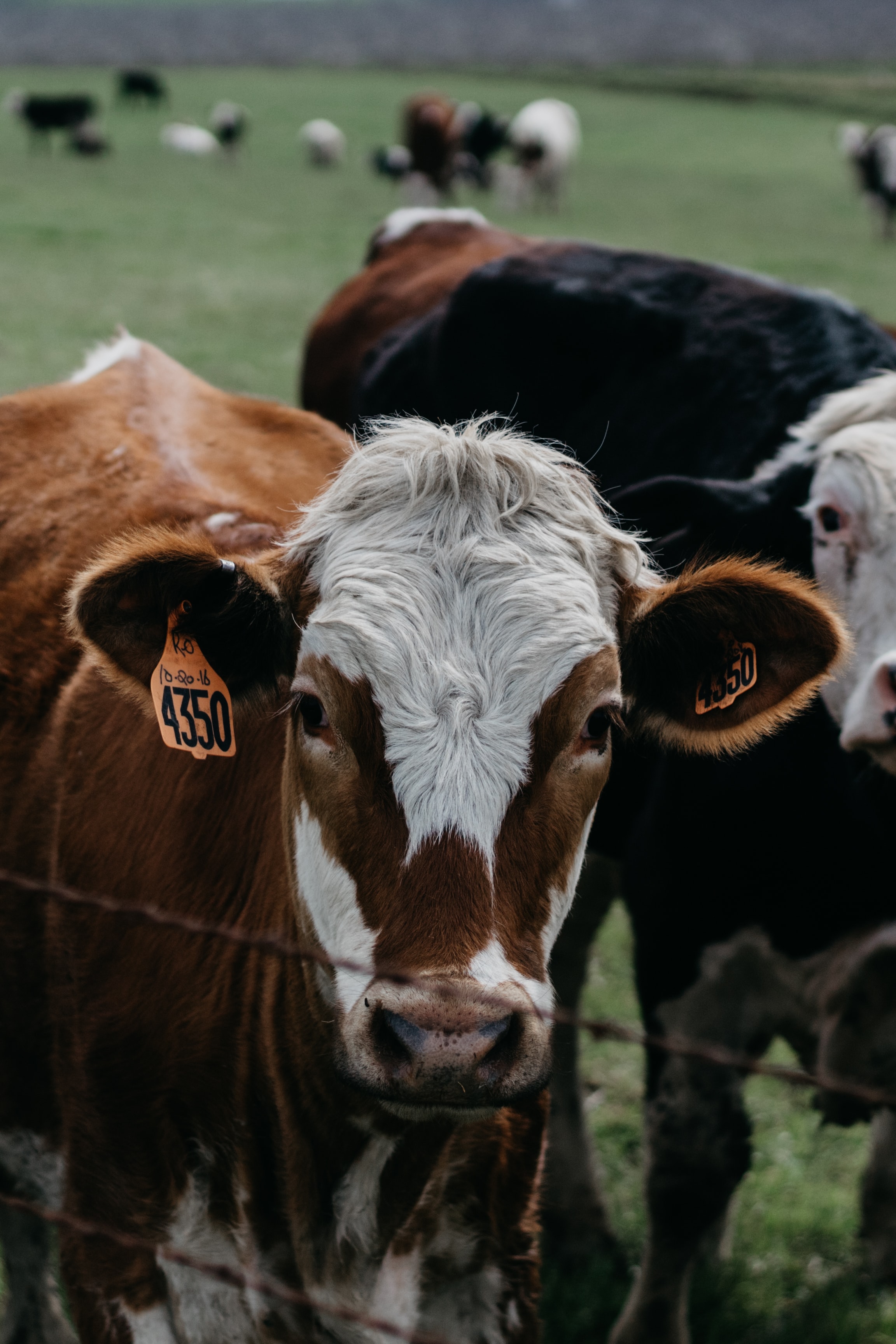
How navan.ai can help you build a Lumpy Skin Disease Identification computer vision AI model without having to write a single line of code?
1. Visit nstudio.navan.ai, and sign up using your Gmail id.
2. Choose a suitable model architecture:
- EfficientNet-B2 is a pre-trained deep learning model designed for computer vision tasks such as image classification, object detection, and segmentation. It is based on the Convolutional Neural Network (CNN) architecture and is designed to improve upon the previous EfficientNet models in terms of both accuracy and computational efficiency.
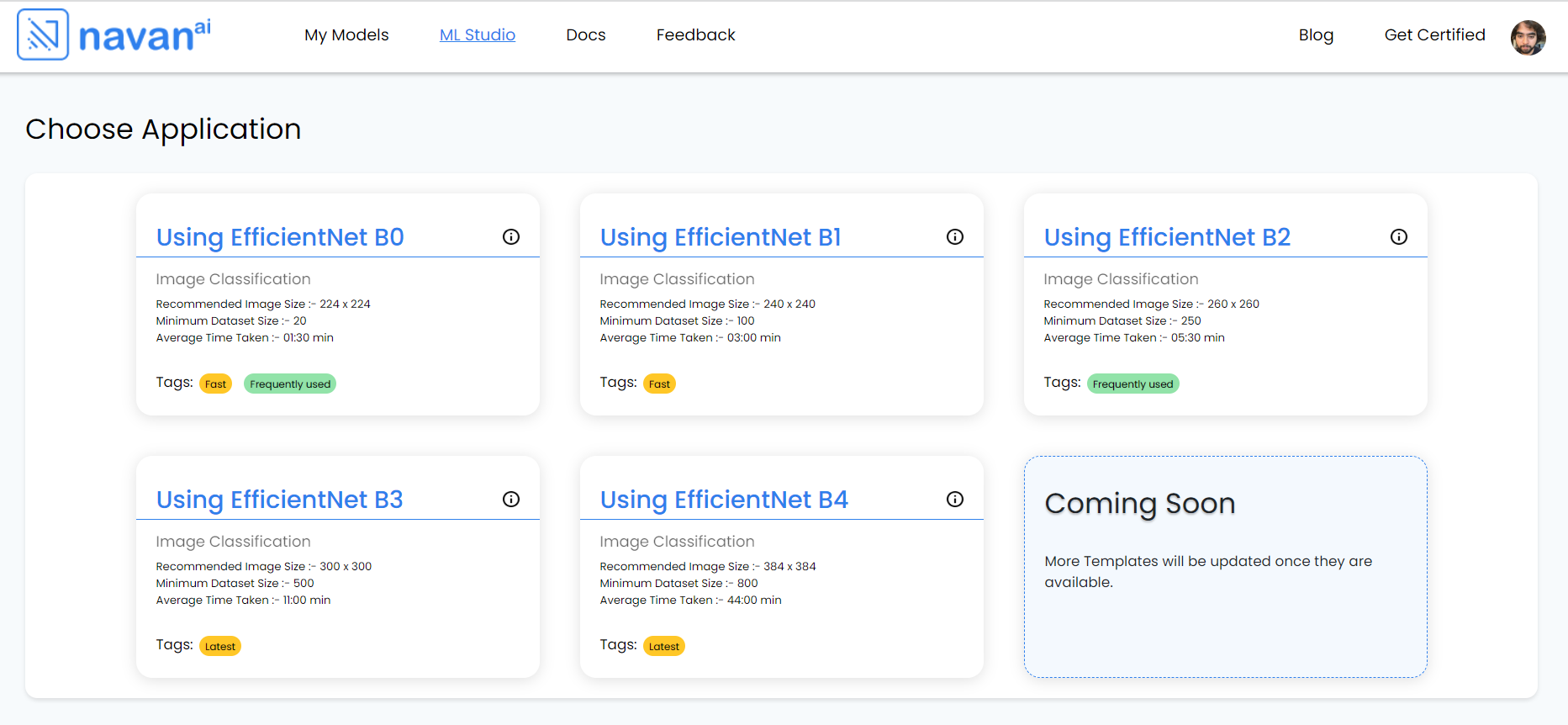
- The "B2" in the name refers to the model's size, which is determined by a combination of the depth, width, and resolution of the network.
3. Training the model: we have named the Model “LUMPY SKIN DISEASE CLASSIFICATION”. We are considering 2 classes here Lumpy skin and Normal skin
The images are uploaded to Class 1 [Lumpy Skin]

The images are uploaded to Class 2 [Normal Skin]

The next step is to click on the start training button so that the model can be trained.

4. Testing the model: Once the LUMPY SKIND DISEASE CLASSIFICATION model has been trained, the next step is to test the model to see if it is performing according to our expectations. It can be evaluated using a separate test dataset to determine its performance and make any necessary adjustments before deploying it in a real-world application.
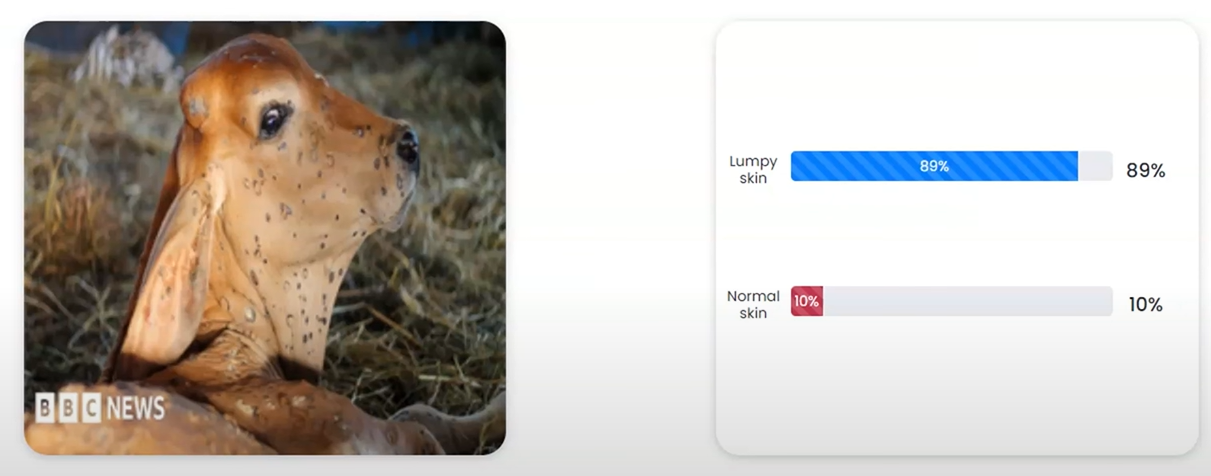
5. Deploying the model: The easiest way to deploy the computer vision model is by using the list of export models on navan.ai. We have 3 options: Deploy a model using Model files, Deploy a model through Docker, and lastly deploy the model as API. You can integrate the model with your application to get a scalable use case and build using your data without any coding on navan.ai.
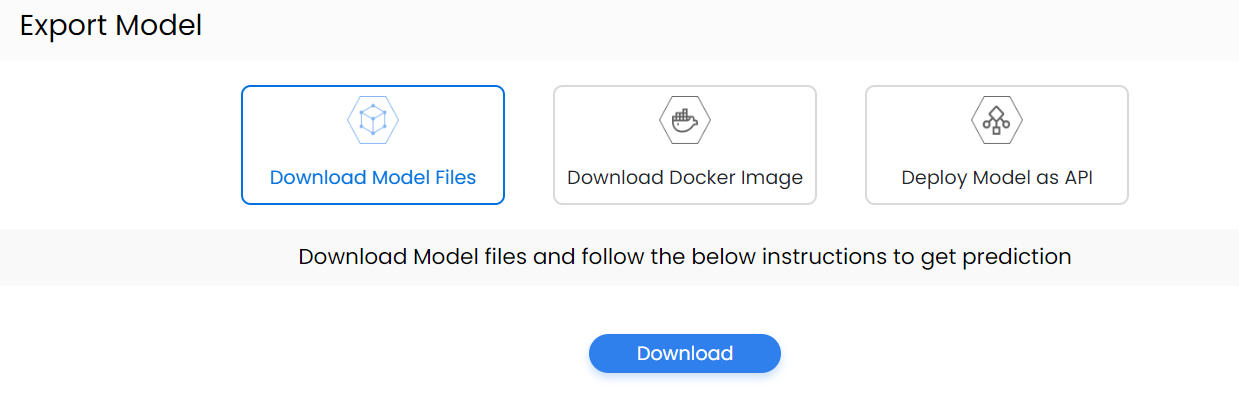
Here’s a video showing how you can build a Lumpy Skin Disease Identification Computer Vision AI Model on navan.ai:
navan.ai is a no-code computer vision platform that helps developers to build and deploy their computer vision models in minutes. Why invest 2 weeks in building a model from scratch when you can use navan.ai and save 85% of your time and cost in building and deploying a computer vision model? Build your models, share knowledge with the community, and help us make computer vision accessible to all. navan.ai also helps organizations with MLOps by setting up CT, CI, and CD pipelines for ML applications.
Visit navan.ai and get started with your computer vision model development NOW!
